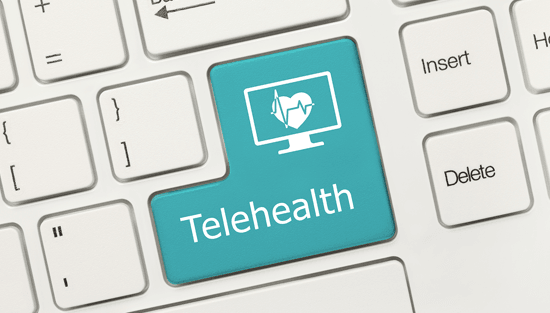Rebecca Chi, Chief Client Experience Officer at AristaMD, Offers a Guide to Telehealth
JANUARY 9, 2022 – Healthcare providers have employed various forms of telehealth since long before the start of the coronavirus pandemic. Telehealth delivers knowledge and expertise to people and places that need it. A movement that largely began as a way to improve access to healthcare in rural communities saw explosive growth in 2020.
Today, telehealth is in wide use and here to stay.
What is Telehealth?
The US Health Resources and Services Administration defines telehealth as any electronic information and telecommunications technology that is used to support and promote long-distance clinical healthcare, patient and professional health-related education, public health and health administration. Telehealth technologies benefit providers, healthcare organizations and patients.
The Importance of Telehealth
The key to maintaining population health and lowering expenditures is delivering timely access to high-quality care.
The US is struggling to improve the quality of healthcare and make the needed shift to value-based models. Innovative telehealth solutions that addressed our country’s worsening healthcare access problem reached the point of widespread adoption in 2020 when the pandemic pushed the healthcare system to its limits.
Telehealth increases the convenience of care and access while decreasing costs and maximizing physician time. Providers, payers and employers are increasingly adopting various and connected types of telehealth solutions to improve healthcare operations and patient outcomes. Patients embrace the convenience, safety, accessibility and flexibility of telehealth options.
What can Telehealth do?
Several types of telehealth technologies are either in use or under development. These include:
- mHealth (or mobile health)
- Video and audio technologies
- Digital photography
- Remote patient monitoring (RPM)
- Store and forward telehealth technology (commonly referred to as asynchronous telehealth) such as electronic consultations (eConsults).
Telehealth technology providers are expanding telehealth system offerings to address physician/specialist shortages, patient engagement and satisfaction, and provider communication, education, and satisfaction.
How Telehealth Works?
Many types of telehealth platforms in use broadly facilitate communication. Digital communication between providers, healthcare organizations, supporting staff, and patients increases the speed of conveying information which can be documented and tracked in a scalable way.
Text messages, instant messages, email and video/phone conferences enable physicians and patients to connect when it is convenient for them. Alternative modes of communication also improve access to providers for patients in rural and remote communities.
Learn more about telehealth by visiting the National Consortium of Telehealth Resource Centers.

